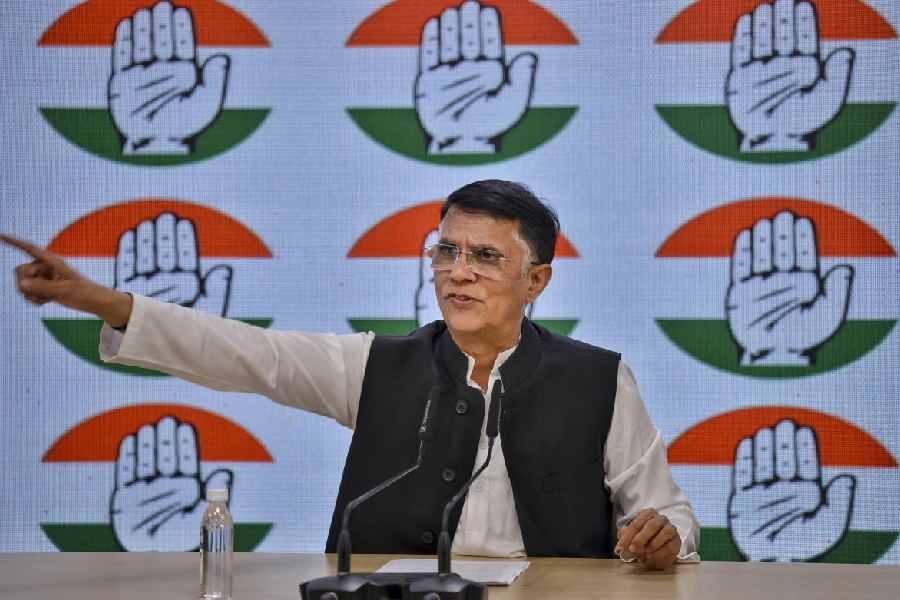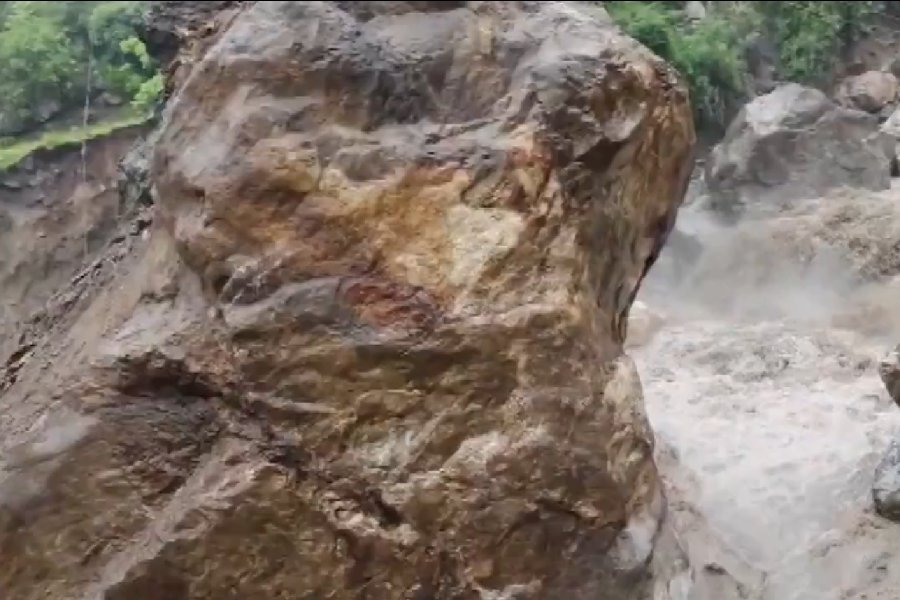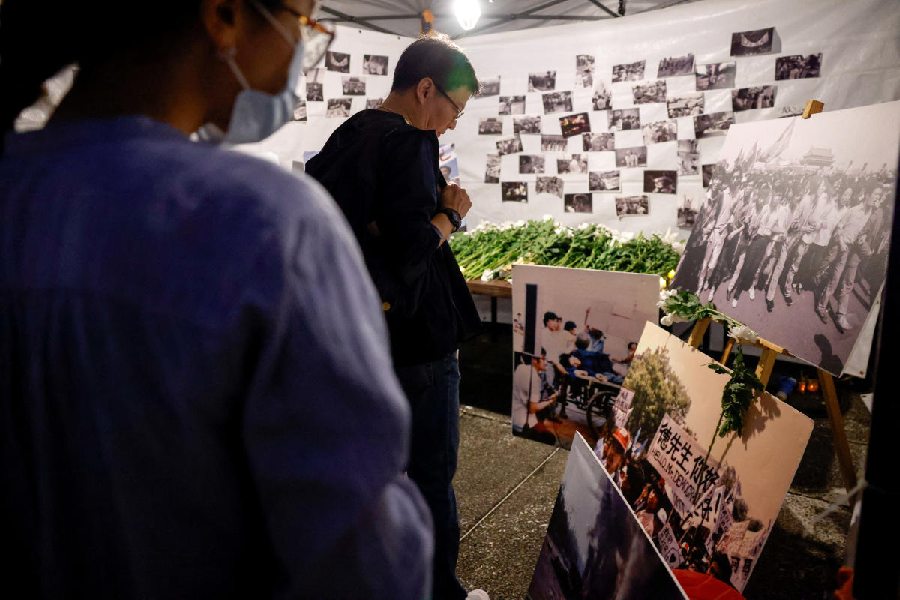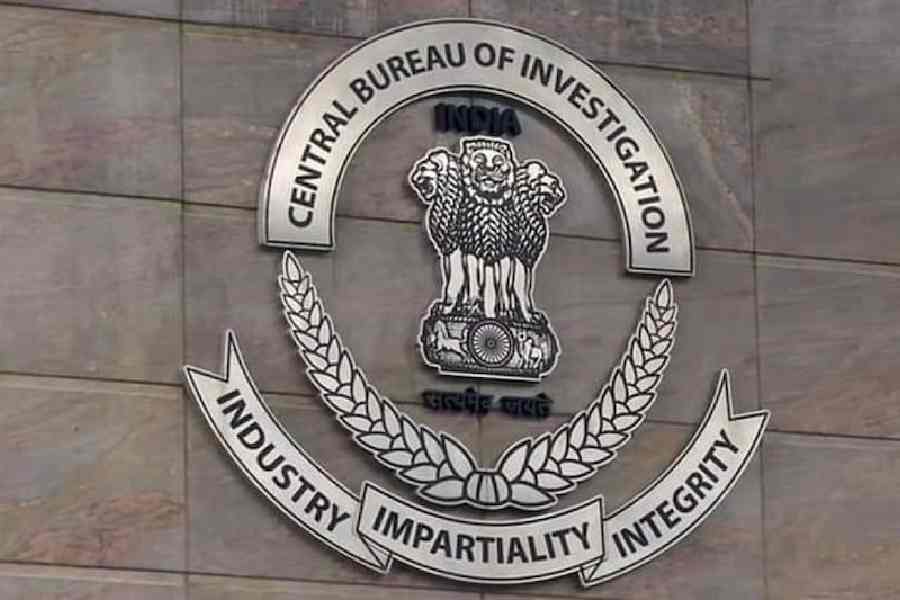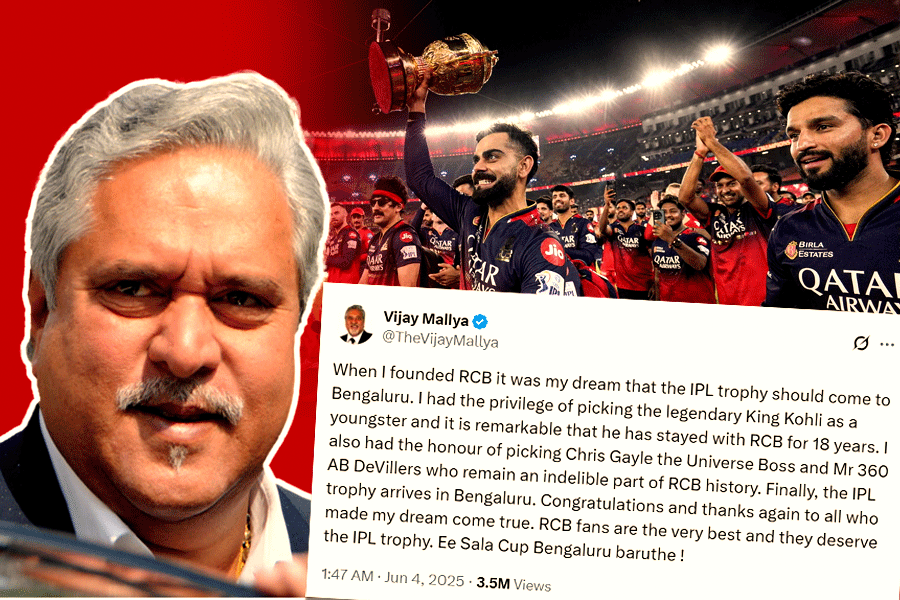Godhra, March 11 :
Godhra, March 11:
It was 7.40 in the morning at Godhra. The Sabarmati Express pulled in at the station. High on Ram, a group of kar sevaks got off the train. Some wanted tea; some had come from areas around Godhra and were on their way back home.
An eyewitness at Godhra station said two things happened. First, the kar sevaks who were returning home had an altercation with an autowallah. 'He had a beard, but I am not sure whether he was a Sikh or a Muslim,' he said. 'The driver was dragged into the station by the kar sevaks.'
Next, there was a 'lafda (altercation)' with a tea-seller, Siddiqui. His stall was just outside the station. A group of sevaks had tea but refused to pay him. An argument followed, and the kar sevaks beat up the man - in his fifties - to teach him that Ram bhakts are not to be taken for granted.
All this happened within five minutes. The train, which was late by about four hours, left
the station at 7.45. It stopped within minutes, 500 metres from the station.
After being beaten up, Siddiqui had run to the thickly populated Muslim locality of Signal Falia, a stone's throw from the station. It is not clear whether Signal Falia was waiting for the kar sevaks.
They may have known about the train carrying the sevaks, more so because the sevaks' reputation was preceding them at stations. But it didn't take much organisation to carry out what happened next. Siddiqui had run back to Signal Falia before the train had pulled off.
Two or three boys had jumped into the last compartment of the train and pulled the chain.
The news of the kar sevaks manhandling Siddiqui spread like wildfire. At that time in the morning, when everybody was there, it didn't take much to get the crowds.
It is also not clear whether the ammunition used to burn the coach, mainly handmade petrol bombs, glass bottles filled with petrol, was put together with the kar sevaks especially in mind.
But the one fuel that is the most easily available - hatred - was in abundant supply.
As the train ground to a halt, the passengers, especially those who were in S-6, where the men who beat up Siddiqui were supposed to be, saw a column of people coming up to the tracks from both sides.
There were not only men, but also women and children, screaming, ranting, baying for the kar sevaks' blood.
They started to throw stones at the train. At first, two coaches adjacent to S-6 were also at the receiving end. The passengers closed the doors and downed the shutters. It was then that the attack was focused on S-6.
With the doors shut, things became easier for the mob. They threw petrol bombs below the train and above. A vestibule pipe caught fire first.
The lucky ones escaped. 'There were about 3,000 people. I was standing by the door and could escape,' said Indubhai Bharwad, a kar sevak from Ahmedabad.
Some others, with the desperation of dying men, bent the window bars and wriggled out. The rest remained inside.
The coach was carrying about 180 people, three times the actual capacity. It was set on fire around 8 am. Within two hours, the Sabarmati Express bogie was burnt. Fifty-eight people had been roasted alive in the fire.
Those who were rescued after the police began to arrive in some strength were taken to the Civil Hospital in Godhra.
At the beginning there were only eight or nine policemen from the railway station battling the crowds. M.J. Zala, officer-
in-charge, Godhra railway police, says that is the best that he could do.
'We fired four rounds first. The crowds dispersed a little. But then it was not like a solid crowd. They were coming in waves - of 200 people, or 500 people - with petrol bombs. One group exhausted themselves and went back, but a new crowd rushed in. There were also announcements from the nearby masjid in Signal Falia to go the station,' a police constable said.
'We fired 29 rounds in all. Two people died,' said Zala.
'What could we do? It was like a spontaneous combustion,' said another police official. 'There were such huge crowds and there was just not enough police to combat them at first,' said B.K. Nanavati, deputy superintendent of police, Godhra.
It took about an hour to collect all the forces, of Godhra police and railway police, to reach the crime scene. By then, the coach was already burnt.
The VHP and the Bajrang Dal believe this was a pre-planned attack. 'They just wanted to teach us a lesson,' said Haresh Bhatt, all-India vice-chairman of the Bajrang Dal.
Other kar sevaks who were on the train also think that the burning was pre-planned. But then they also deny that the sevaks misbehaved at any railway station.
They also said there was no incident involving the chaiwallah. 'Why should a Ram sevak bow down so low as not to pay a chaiwallah?' asked Anilbhai.
 Wednesday, 04 June 2025
Wednesday, 04 June 2025

